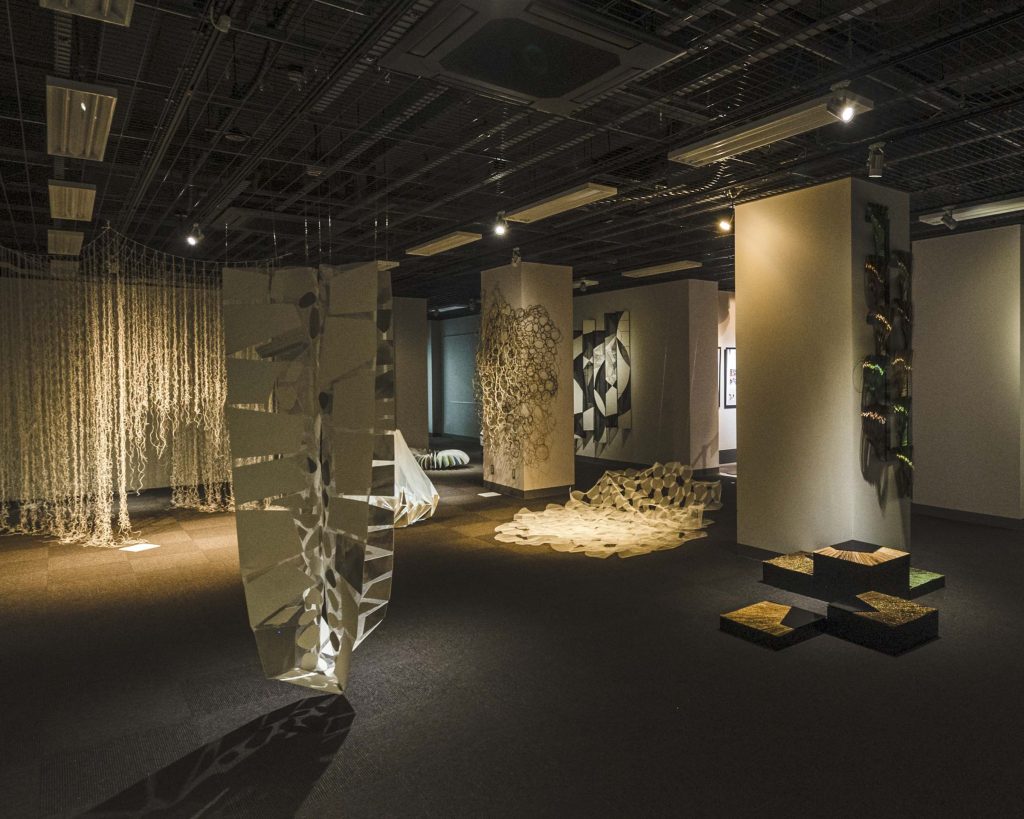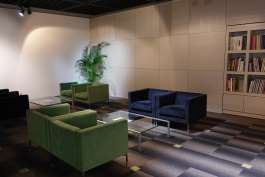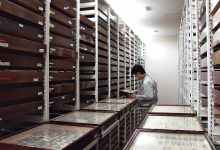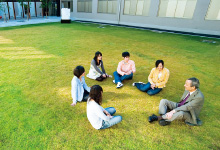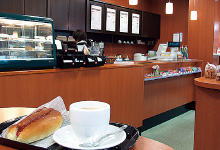Ehime University Museum

Spaces that bring surprises and discoveries generate new encounters and emotions
Touch Feel Feel Discover Open, experiential museum
Here is the joy of learning filled with intellectual stimulation
The University Museum is a fun and interesting place to learn and to develop a genuine interest in Ehime University’s academic and research activities.
Museum Opening Information
About viewing
For group tours of 21 or more people, please make a reservation in advance.
If you wish to take a guided tour, please make a reservation at least two weeks prior to the desired date.
Closed on Sundays and holidays.
For more information, please contact:
Ehime University Museum
Tel: 089-927-8293 (open Mon. – Sat. 10:00-16:30)
Requests for Visitors
- ● Please refrain from using the service if you have a fever, cough, or other cold symptoms.
- Please disinfect your hands when entering and leaving the building.
Exhibitions and Events
Event Calendar
summary
Publication and dissemination of Ehime University’s academic research results using the museum medium
Ehime University aims to be a “university that shines together with the community”, trusted by the community and able to meet its expectations. In this context, a broad and lively two-way relationship between the local community and the university is required. The Ehime University Museum is one of the centers of communication for this purpose.
In recent years, Ehime University’s academic research has received high acclaim in various fields, attracting attention not only domestically but also internationally. The information transmitted from the Museum is the result of academic research to date in various fields, and it points to our “future. The Museum will also play a role in opening up new possibilities for the “future generation.
We look forward to welcoming you to the Museum.
Employing a museum as a medium to exhibit
and share Ehime Universityʼs academic research.
Ehime University is trusted by the community and strives to be an institution that meets community expectations by creating a “radiant regional university, “which calls for a far-reaching,interactive relationship of enthusiasm between the region and the university. Ehime University Museum can be thought of as a new center of communication that fulfills that purpose.
Recently, academic research outcomes obtained by Ehime University has received high regard in a variety of fields, and has garnered attention both domestically and abroad. The museum shares academic research results to date from many different fields that point the way to our future, and plays a role in broadening new possibilities for generations responsible for the future.
Director, Ehime University Museum
Director, Ehime University Museum
User Guide
| Admission | Free of charge |
|---|---|
| Hours of operation | 10:00 a.m. – 4:30 p.m. (Admission until 4:00 p.m.) |
| closed day | (1) Sundays and national holidays (2) Others ・Summer holidays (3 days in mid-August) ・New Year holidays (December 28 – January 4) ・University entrance examination days (*in principle) ・Examination days for the first and second terms (*in principle) ・Maintenance holidays (see Calendar of Events) ・Temporary closing (*) (*) ・If a “Special When a “special warning” or “typhoon storm warning” is in effect in Matsuyama City from 8:00 a.m. to 10:00 a.m., the museum will be closed temporarily. If a “special warning” or “typhoon storm warning” is issued for Matsuyama City after the library opens, the library will be closed temporarily at that time. |
| Other facilities, etc. | Ehime University Museum is located at Ehime UniversityThere is also a café in the Muse building where light meals are available. Museum Cafe] Open weekdays 11:30 a.m. to 1:30 p.m. *Saturdays, Sundays, and holidays closed [Aqua Cafe] Open weekdays 11:30 a.m. to 1:30 p.m. Saturday, Sunday, and holidays closed |
Exhibition Facilities
You can see videos of each permanent exhibition zone in the video.
Guide to the exhibition facilities when the museum opened in 2009]
Permanent Exhibition Zone 1: Evolution of the Earth and Universe
Permanent Exhibition Zone 2: Ehime history and culture
Guide to the exhibition facilities when the museum opened in 2009]
Permanent Exhibition Zone 3: Diversity of Life
Permanent Exhibition Zone 4: Human Activities in the Environment
Small rock specimens tell the story of the great Earth
The Earth is also called the “Miracle Planet”. How have the rocks that form the Earth changed from prehistoric times to the present? What forces worked on the land we live on to make it the way it is today? How did the oceans, life, and rocks interact with each other? The rocks and minerals formed on the Earth in the past are also mirrors that project the future.
The shape of ammonites is proof that they adapted to their environment and evolved.
Paleontology is the study of life in the past. Various scientific methods from biochemistry, mathematics, engineering fields, and other disciplines are required to recover the lifestyles, environments, and evolutionary paths of lost organisms. The habitat posture and growth pattern of ammonites reconstructed by theoretical morphology are presented along with ammonite specimens of various species from the Yezo Formation (Upper Chalk System, Hokkaido, Japan).
Exploring” the Frontier of Human Unreachability Deep Earth
“HIMEDIAIA” is the world’s hardest substance, which Ehime University has succeeded in synthesizing. The center of the earth is a world of more than 5,000 degrees Celsius at 3,600 GPa, and it is important to use harder materials for the ultrahigh-pressure experiments necessary for such deep earth research. This exhibit displays actual “Hime diamonds” with their unique brilliance, which have been processed into various shapes for experiments, as well as their properties and characteristics.
The Origin and Future of the Universe The Relentless Challenge to the Unknown
Four hundred years after Galileo first began using an optical telescope, state-of-the-art capabilities can now see even galaxies 10 billion light years away. Ehime University is exploring the history of the evolution of the universe through observation and advanced numerical calculations, investigating the formation and evolution of galaxies, dark matter, giant black holes, the large-scale structure of the universe, and the properties of diverse cosmic plasmas.
Passing on the rich historical heritage of the land of Ehime to the next generation
The latest research results in the humanities are made available to contribute to the creation and development of local culture by drawing on the outstanding historical and cultural heritage of the local area and the wisdom of its illustrious predecessors. Through research using Ehime University’s collection of materials such as the diary of the anonymous calligrapher Yonezan Miwata and materials related to the Shikoku pilgrimage, which is being promoted for registration as a World Heritage site, visitors can discover a new Ehime in the early modern period and the modern era.
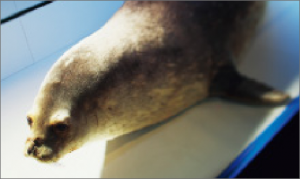
Environmental Studies
Weddell Seals Question the Global Environment
Ehime University is now an international center for environmental science research that attracts researchers from around the world. Ehime University is now an international center for environmental science research that attracts researchers from all over the world. The University has published a wide variety of research results that address solutions to environmental problems that are becoming increasingly complex and serious. The giant specimens of Weddell seals captured in Antarctica are a sight to behold. Analysis of these research specimens reveals how human activities have a significant impact on the environment.
Insect Diversity One of Japan’s top collections with over 1.2 million items
Currently, there are approximately 1 million known species of insects, but it is estimated that there are still 30 times as many undescribed species on earth. Despite this diversity, the functions and useful substances of insects are currently not so effectively utilized. We must carry on the diversity of insects for the future when they will be needed.
The world’s one and only protein synthesis technology
The cell-free protein synthesis technology developed at Ehime University is the world’s one and only new generation biotechnology for reading the evolutionary scenario of 4 billion years of life activity and the drama of present life forms. A wide variety of efforts are open to the public, including elucidation of intracellular signal transduction systems, malaria vaccine development, functional improvement of proteins in vitro, and even green environmental energy research.
History underfoot as told by a wealth of excavated materials
Ehime University’s Johoku campus is located on the Bunkyo site, an archaeological site. For this reason, the university has conducted surveys in conjunction with campus development to track down the human activities that have been inscribed on this site. As a result, it has become clear that this was one of the largest settlements in western Japan, especially in the mid-Yayoi period (about 2,000 years ago).
Learning Culture from the History of Iron
Japan’s tatara iron manufacturing has supported our history by producing steel of a quality unmatched anywhere in the world. Even today, iron has not disappeared from our lives. In order to unravel the history of iron, the Center conducts research in various parts of the world, and with information obtained from archaeological sites, reconstructs ancient technologies and conducts iron manufacturing experiments. Japan is a technological superpower. Iron manufacturing is the starting point of monozukuri (the art of making things).
In the special exhibition space and multi-purpose room, we collaborate with various departments and research centers to exhibit projects on topical, contemporary and historical themes.
For details, please see “Current and Upcoming Events” and the Event Calendar.
Housing one of the largest insect collections in Japan with 1.2 million items
business activities
Access Information
| Location | 3 Bunkyo-cho, Matsuyama City, Ehime, Japan Johoku Campus, Ehime University |
|---|---|
| TEL | 089-927-8293 |
| Other | ○If you use the Iyo Railway City Train: Take the Loop Line, get off at “Red Cross Hospital Mae”, and walk north for about 5 minutes. ○Parking: There is no dedicated parking lot for the museum. Please use public transportation to visit the museum. Click here for campus map |
Location
Campus Street View
(1) Go straight from the main gate of Ehime University’s Johoku Campus
The street that runs straight west after entering the main gate is the “Green Promenade.
Go straight along this street, which is filled with beautiful seasonal colors, and head toward the Ehime University Museum.
The Common Lecture Building B is on your left and the library building is on your right.
(2) Turn right at the big four corner
Turn right at the big passage where the creek breaks.
(3) Ehime UniversityArrive at the Muse
The three-story building on the left is the Ehime UniversityMuse, where the museum is located.
In front of the building is the “Aqua Cafe” and past it is the entrance to the museum.
At the north end of the building, there is also a “Museum Cafe” with a selection of museum-related products.
Frequently Asked Questions
Enter the main gate, go straight for about 100 meters, and you will find the building on the right side of the crossroads ( Ehime UniversityMuse). You will see a banner.
Anyone can visit the museum, regardless of whether they are on or off campus. Admission is free.
One person can also apply. Please register in advance (Tel 089-927-8293) except Saturdays.
If you wish to be guided, please apply in advance (contact Tel 089-927-8293).
Please let us know the name of the group, the person responsible for leading the group and his/her contact information, the date and time of the visit, and the number of people in the group (e.g., elementary/junior high school students, students, etc.).
The Museum does not have a dedicated parking lot, but in the past, when visitors come to the Museum in microbuses or large buses,
has been used as a temporary parking lot for spaces near the main entrance of the University.
Please be sure to notify the Museum (Tel 089-927-8293) in advance of your visit, as parking may not be available due to events, etc.
When visiting the museum, please follow the instructions of the security guard next to the main gate.
The University Co-op cafeteria, restaurants, Museum Café, and Aqua Café are available on weekdays.


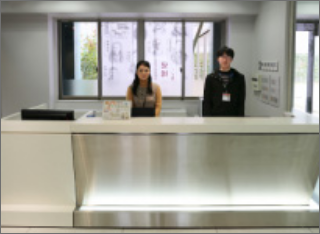
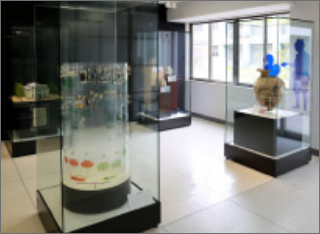
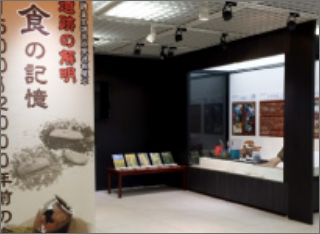
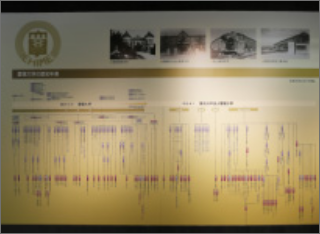
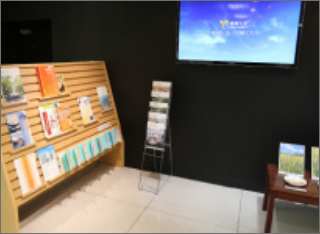
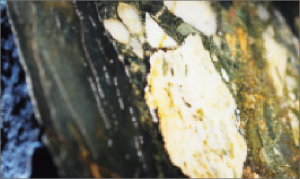
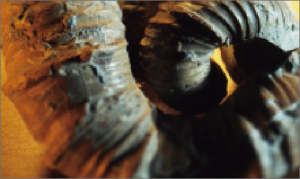
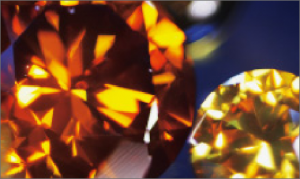

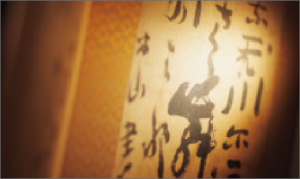
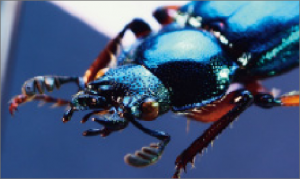
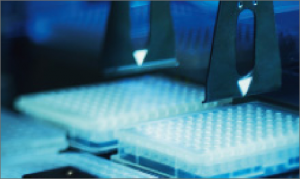
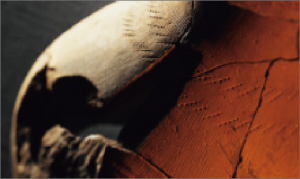
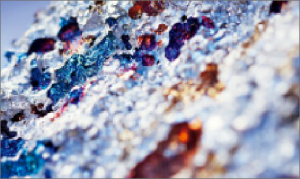
-1024x768.jpg)
